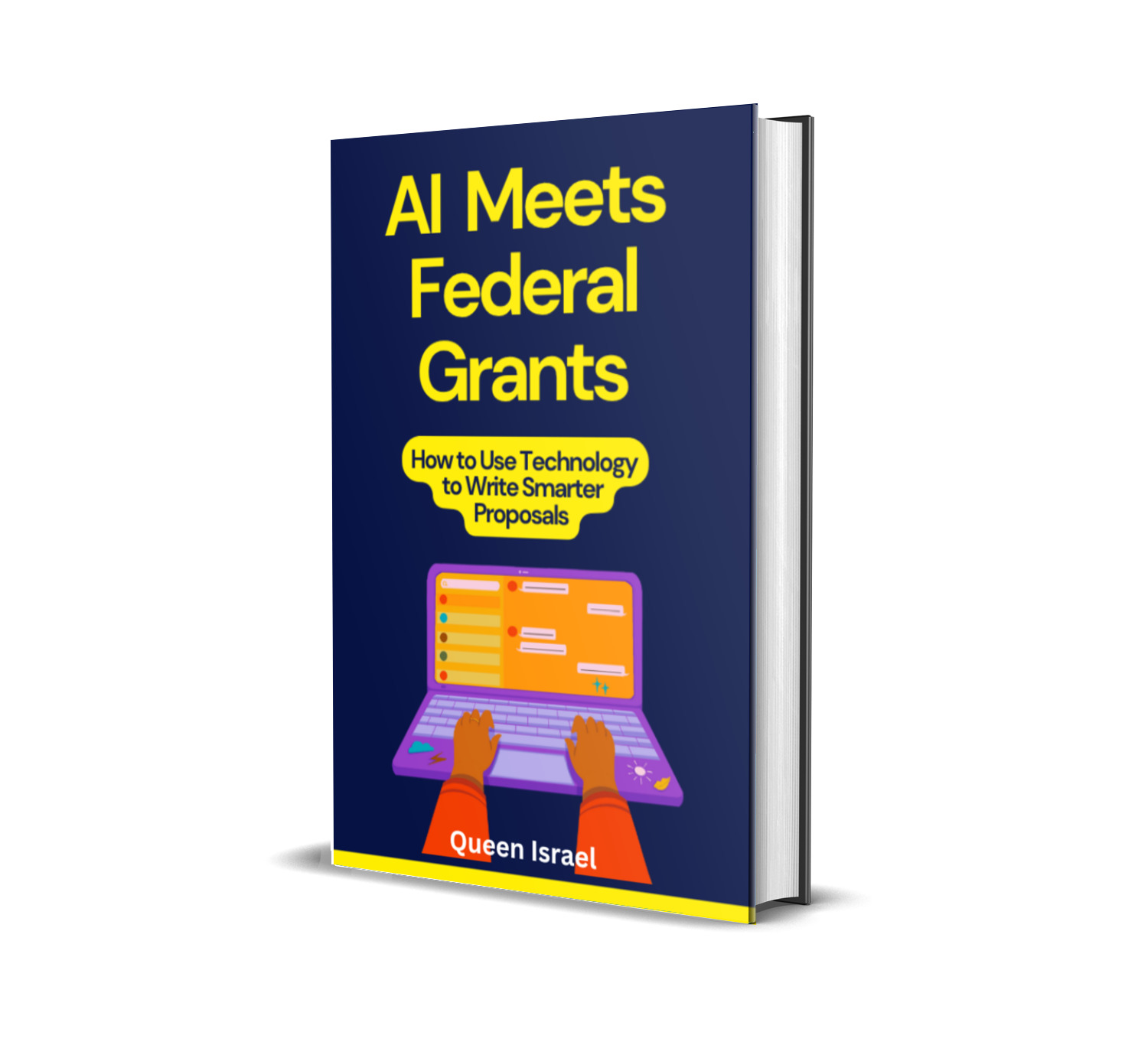Community development grants are an invaluable resource for nonprofit organizations dedicated to improving the quality of life in communities. These grants provide crucial financial assistance, enabling nonprofits to deliver impactful services and support to those who need them the most. They catalyze change by driving economic growth, promoting social inclusion, and fostering environmental sustainability.
The process of obtaining a grant, however, can be daunting. It often involves an intricate understanding of the funding landscape, proficiency in proposal writing, and the ability to demonstrate clear and measurable impacts.
This comprehensive guide provides an in-depth understanding of community development grants for nonprofits and provides practical examples to demystify the grant-seeking process.
Identify Potential Grant Opportunities
Nonprofits committed to community development should focus their search on grant opportunities that align with their mission and programs.
The keyword “Community Development” in the context of grants typically encompasses areas like affordable housing, health and wellness, education, workforce development, youth programs, poverty reduction, environmental conservation, and community infrastructure.
Writing Effective Grant Proposals
An effective grant proposal should be well-structured and engaging, clearly outlining the problem statement, objectives, proposed interventions, implementation plan, and the projected impacts (both quantitative and qualitative).
Practical Example: If your nonprofit is seeking funding for a project aimed at reducing youth unemployment, your proposal might start with statistics to highlight the severity of the issue.
Then, you could propose a comprehensive program involving vocational training, job placement services, and ongoing mentorship.
Emphasize how the grant would allow you to measure and track employment rates among program participants, and how the program’s design facilitates scalability and sustainability even after the grant period.
Understanding the Impact of Community Development Grants
Effective implementation of grant funds can bring about significant change within communities. However, it’s important to measure and demonstrate this impact effectively to retain and attract future funding.
This involves setting clear, quantifiable goals and regularly tracking and reporting on progress.
Practical Example: Suppose your organization received a grant for a literacy initiative. Success could be quantified by the number of individuals who completed literacy training, improvement in their reading levels, or their subsequent performance in jobs or education.
20 Organizations Funding Community Development Grants
1. The Ford Foundation: Prioritizes initiatives focused on reducing poverty and injustice.
2. The Rockefeller Foundation: Funds initiatives aimed at promoting health, education, and economic stability.
3. Bill & Melinda Gates Foundation: Supports a broad range of initiatives, including education, health, and poverty reduction.
4. MacArthur Foundation: Invests in programs addressing issues like over-incarceration, climate change, and nuclear risk.
5. The Kresge Foundation: Focuses on expanding opportunities in America’s cities.
6. The Andrew W. Mellon Foundation: Prioritizes higher education and cultural institutions.
7. The W.K. Kellogg Foundation: Invests in children, families, and communities.
8. The Robert Wood Johnson Foundation: Prioritizes health systems, healthy communities, and healthy children and families.
9. The William and Flora Hewlett Foundation: Invests in education, environment, and global development.
10. The John D.and Catherine T. MacArthur Foundation: Known for its ‘Genius Grants,’ this foundation also provides support to NGOs working in many areas of community development.
11. The Annie E. Casey Foundation: Concentrates on improving the futures of disadvantaged children in the United States.
12. Open Society Foundations: Provides grants to support democracy, human rights, and social reform projects.
13. The Bloomberg Philanthropies: Supports initiatives to increase public health, arts and culture, the environment, education, and government innovation.
14. The Walton Family Foundation: Invests in K-12 education, environmental conservation, and social mobility.
15. The McKnight Foundation: Prioritizes support for arts, climate & energy, Mississippi River, neuroscience, and the Twin Cities of Minnesota.
16. The Conrad N. Hilton Foundation: Focused on specific areas like Catholic sisters, homelessness, safe water, young children affected by HIV and AIDS, etc.
17. The Moore Foundation: Offers grants in the areas of environmental conservation, patient care, science, and the San Francisco Bay Area.
18. The Casey Family Programs: Dedicated to reducing the need for foster care and creating communities of hope.
19. The Lemelson Foundation: Provides grants to improve lives through invention in the U.S. and developing countries.
20. The David and Lucile Packard Foundation: Focuses on children, families, and communities; population and reproductive health; and conservation and science.
In conclusion, community development grants can empower nonprofits to drive significant and sustainable change.
By understanding the intricacies of the grant-seeking process, and by focusing on creating and demonstrating measurable impacts, nonprofits can maximize their potential to secure funding.
Importantly, nonprofits should carefully consider the funding organizations’ priorities and tailor their proposals accordingly, aligning their mission and programs with the interests and values of potential funders.






